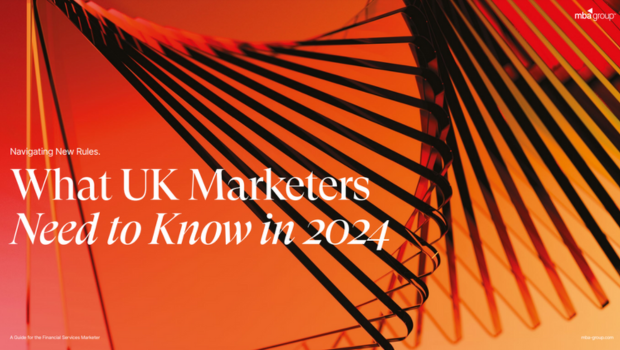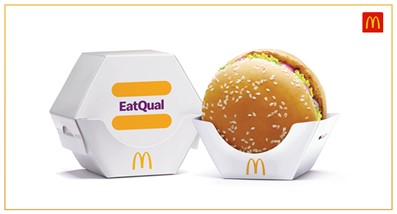The Internet of Things and its impact on marketing
12 Jun 2014
In yesterday’s blog, I looked at the technology of the Internet of Things (IoT) and some of its current limitations. Here I consider some of its practical uses today.
Commercially available examples of the IoT include products like Heatmiser or Hive where you can control your heating settings remotely. As an endorsement for the IoT it is interesting to note Google’s acquisition of Nest a home automation company making self-learning, connected thermostats and smoke alarms.
There are however some examples which are perhaps using technology to solve a problem which does not really exist. The WiFi kettle can be switched on from anywhere in the World and can be programmed to switch on or off at a set time. This is great if you are short on time in the morning, although it is less clear to me why you would want to switch on a kettle in London from New York.
We are therefore moving from the internet of facts and information, through the internet of people powered by user generated content to the burgeoning IoT where everyday objects can be smart and informed.
For marketers I think there are three main questions to ask:
1. How could my service or product offering be enhanced if I could “talk” to my customer constantly whilst they were using my product?
2. What design changes do I need to think about today so that my products and services can be connected to the IoT tomorrow?
3. What is the information exchange architecture I need to put in place to make this happen and at what cost benefit trade-off?
Having asked these questions and worked through the customer benefit and cost and commercial opportunity trade-offs there are some clear next steps. Firstly the infrastructure to make this work has to be put in place, this would include the method of tagging each item uniquely, how this tag is going to be read and in what circumstances and lastly what information is going to be exchanged.
In the fridge example I talked about in yesterday’s blog there could be a bar code on the milk carton which contains product information such as what it is and the sell-by date. The fridge would need a bar code scanner and to be connected to a smart data centre.
The fridge sends the information to the smart data centre which then could for example text your smartphone letting you know the milk passes its use-by date tomorrow or, in a more complex set-up, adds milk to your online shopping list for your weekly shop. It could go further and suggest recipes based on what it also knows is in your fridge and needs to be used up.
You can see therefore whilst simple in theory, in practice the information exchange and intelligence piece needs investment and moreover thinking through so that all the relevant pieces can be delivered in a smart and customer experience-enhancing way.
It is clear that the IoT is coming and like the existing internet it will bring opportunities for those who have the vision to imagine new ways of doing things. Of course, it will also have technical and even moral questions to answer including privacy matters but it is going to happen and there is no point pretending otherwise.
So the real question is are you going to be a trailblazer or a “me too” follower?
By DMA guest blogger Colin Bradshaw, Managing Director, RAPP, and DMA Data Council member




Please login to comment.
Comments